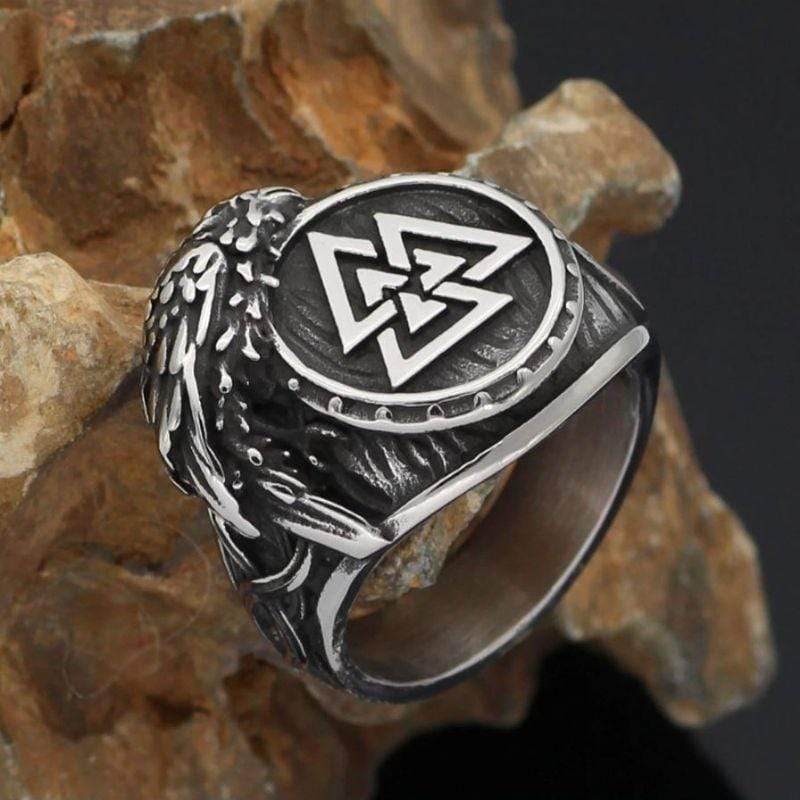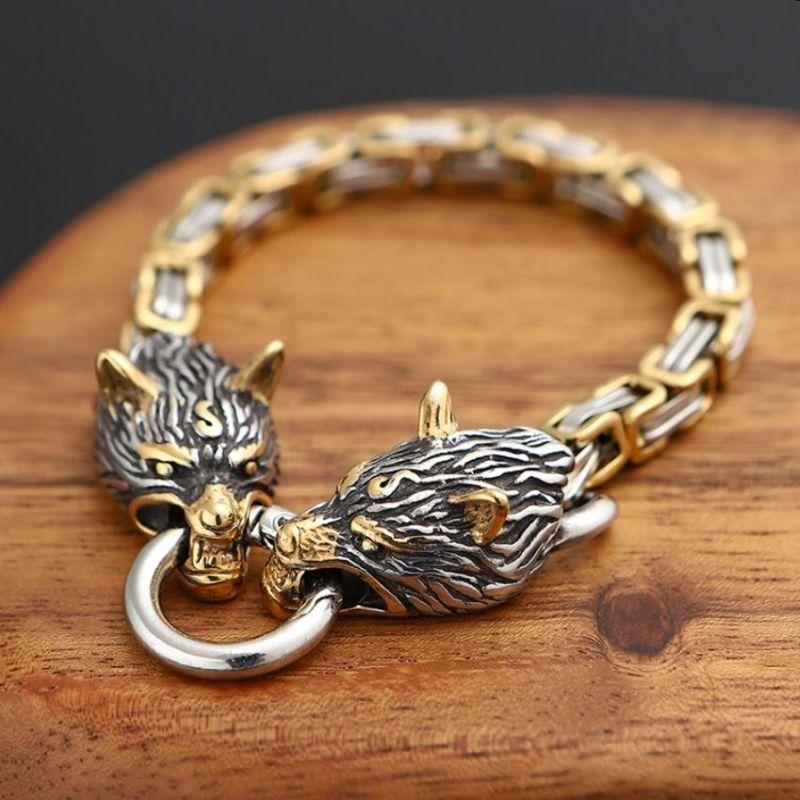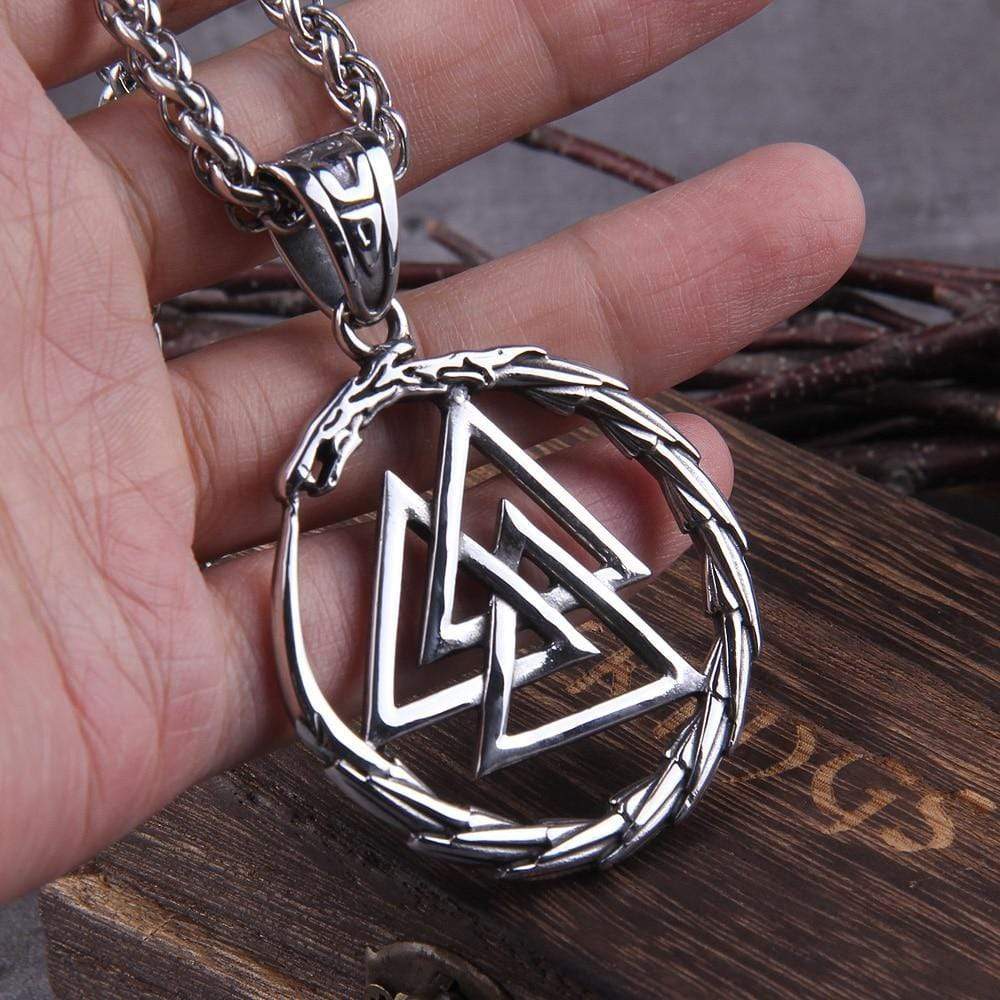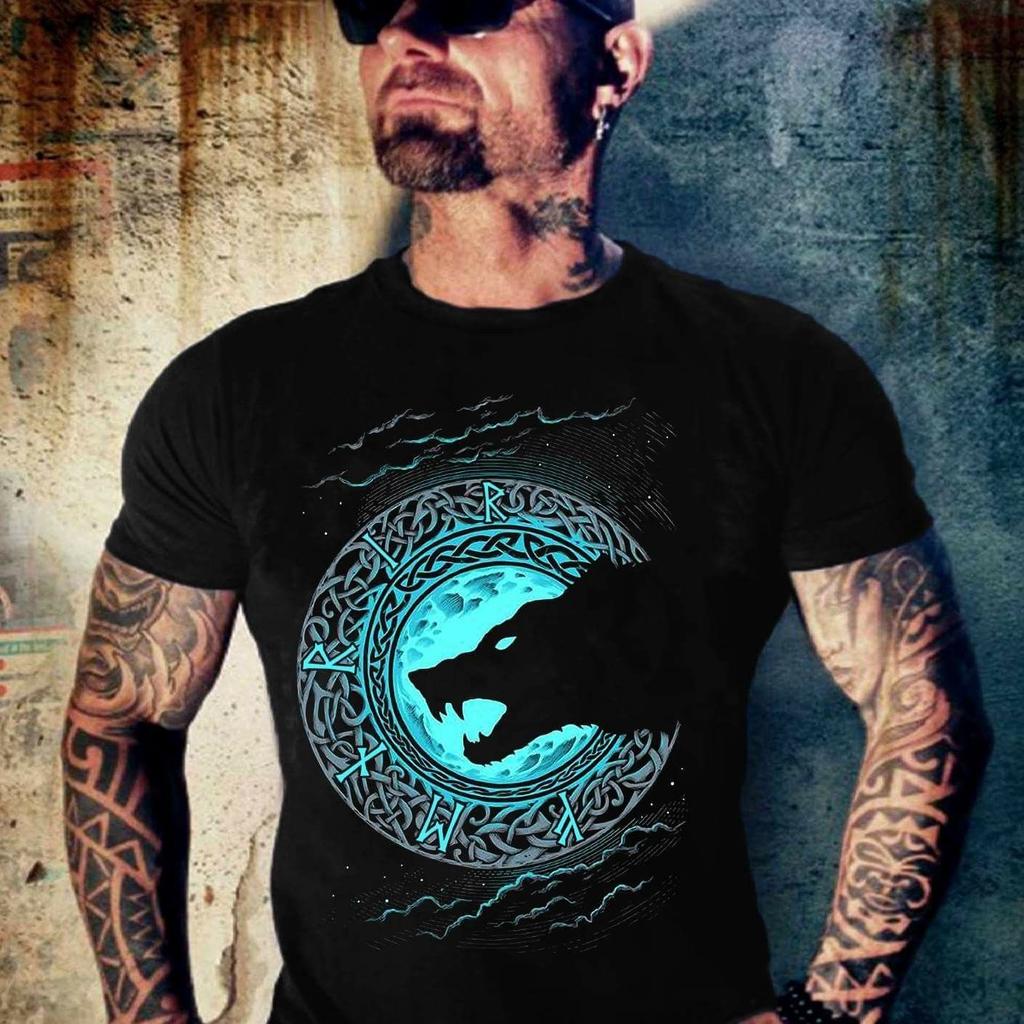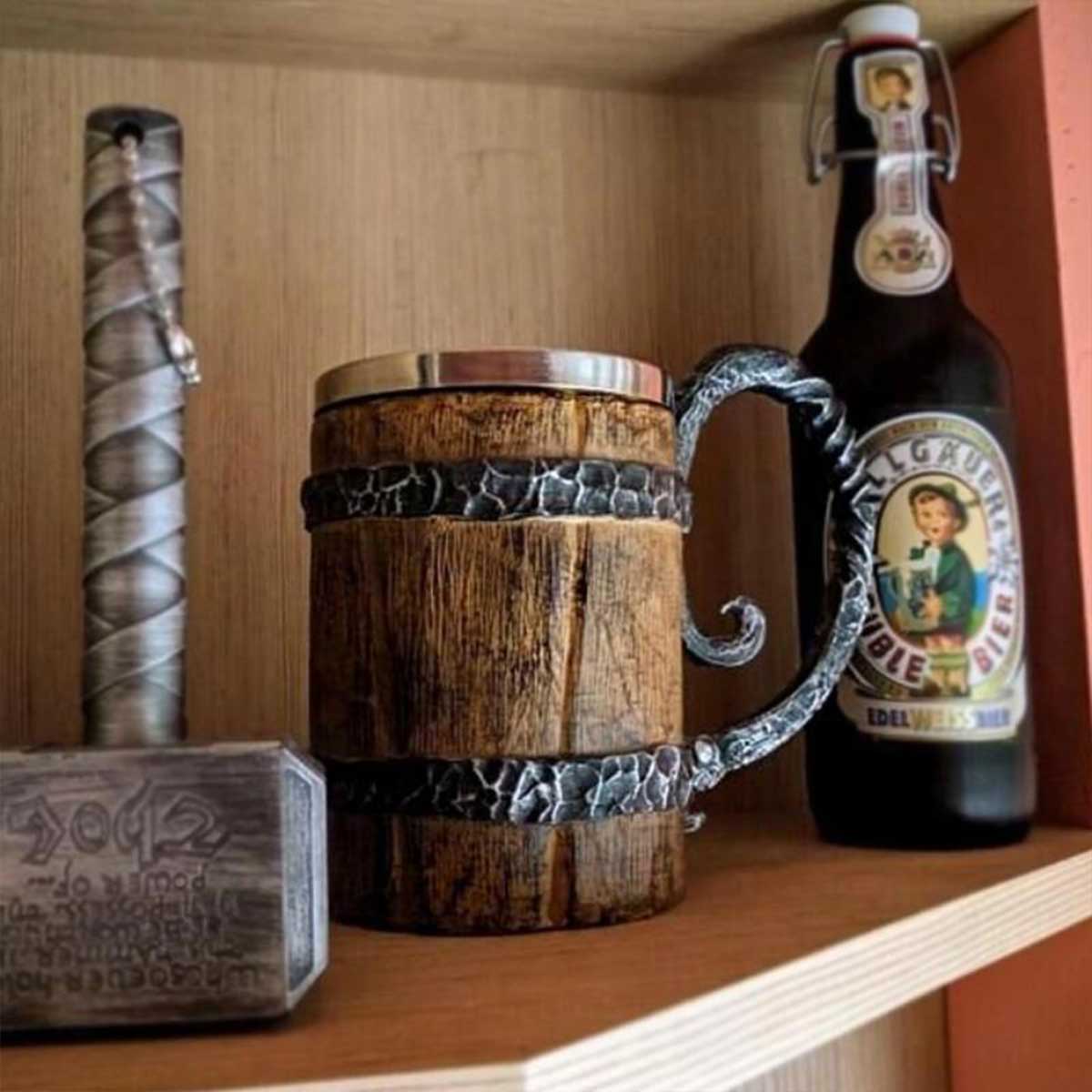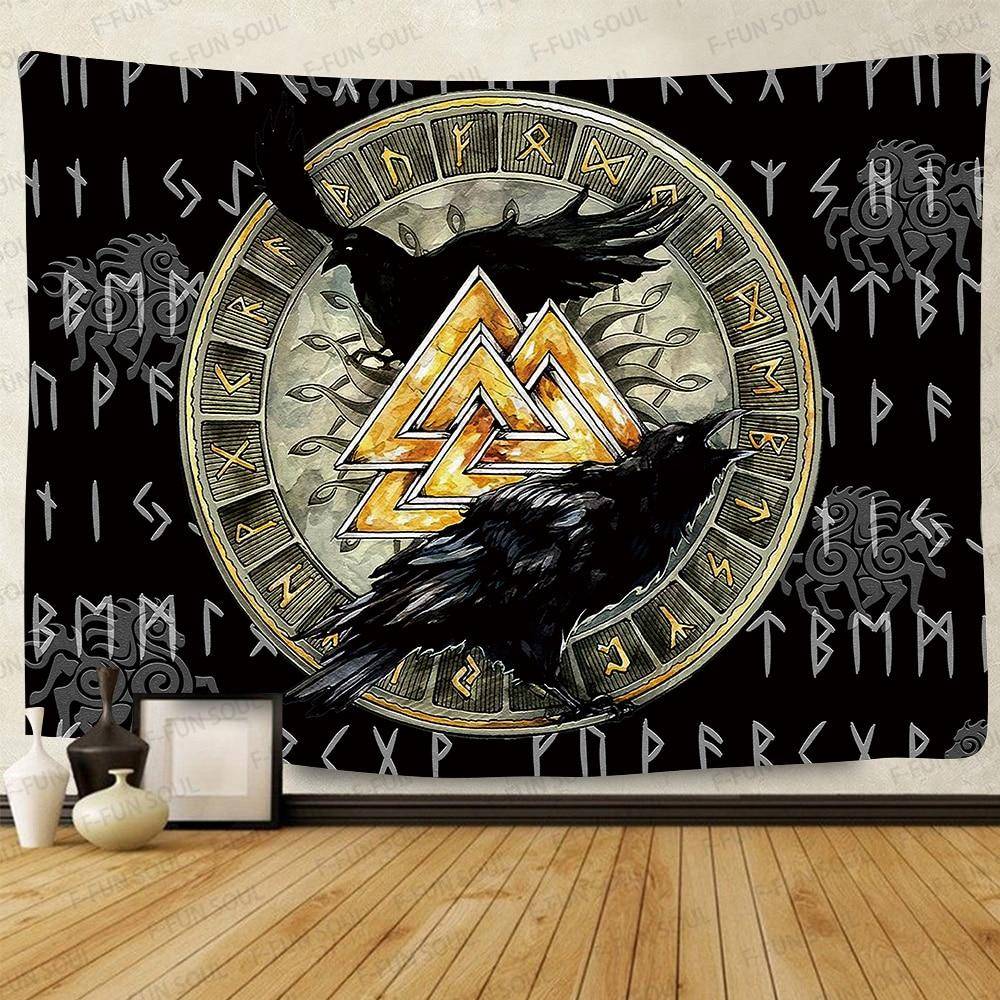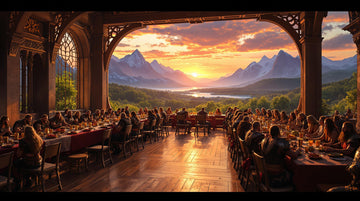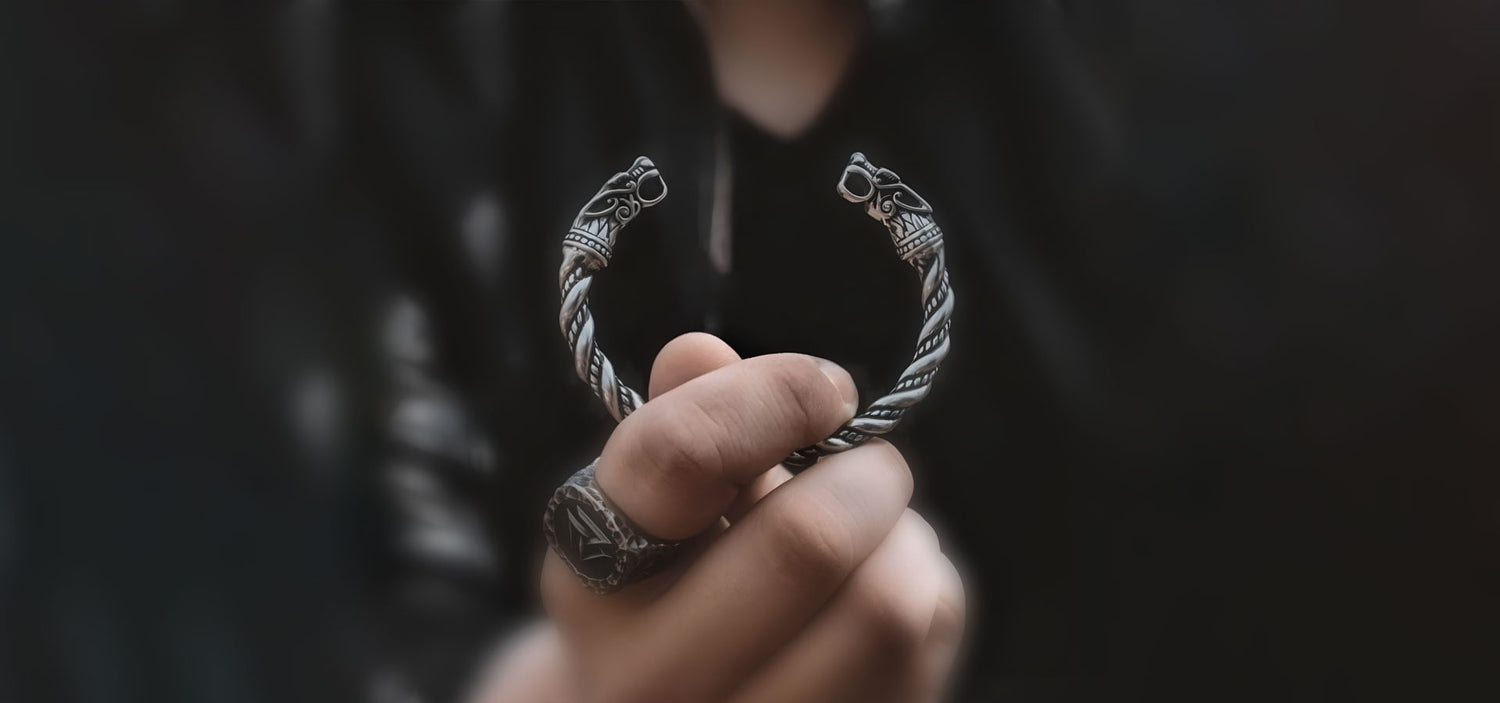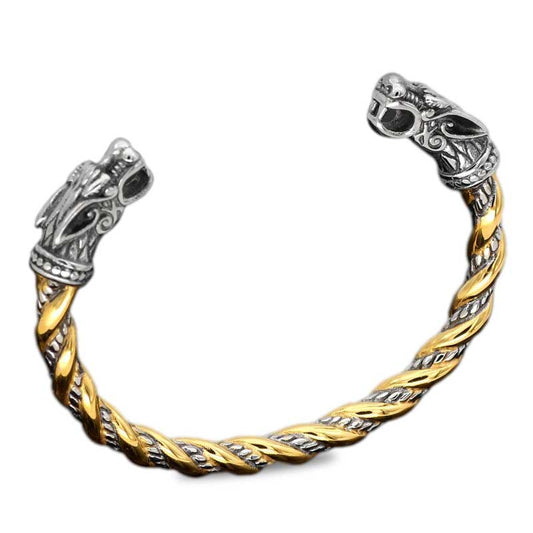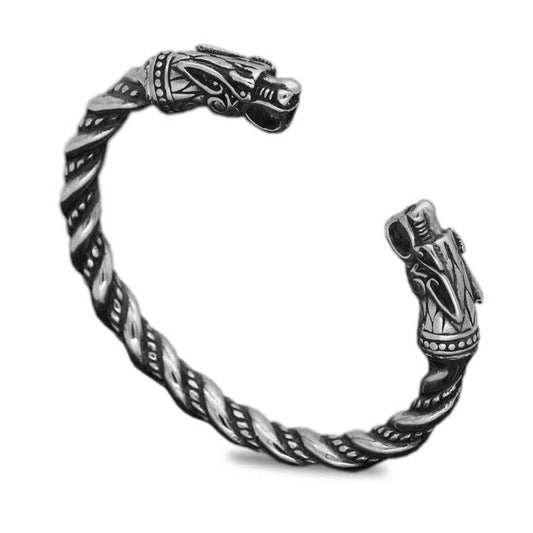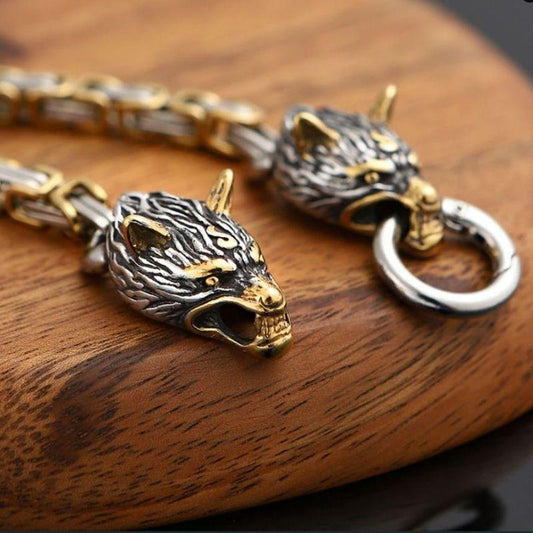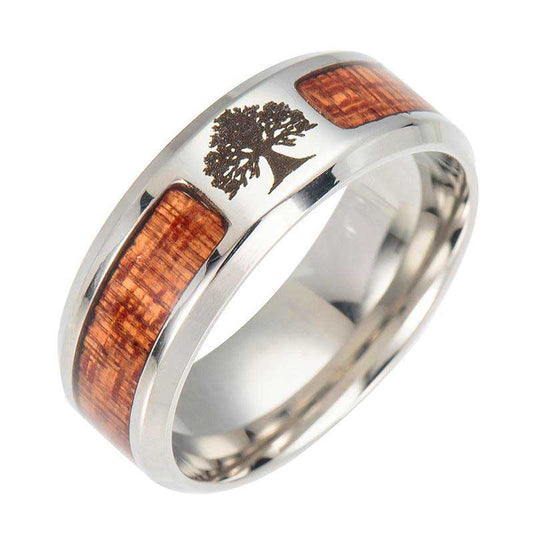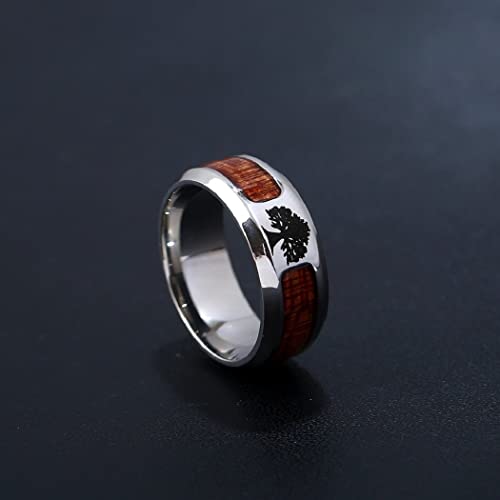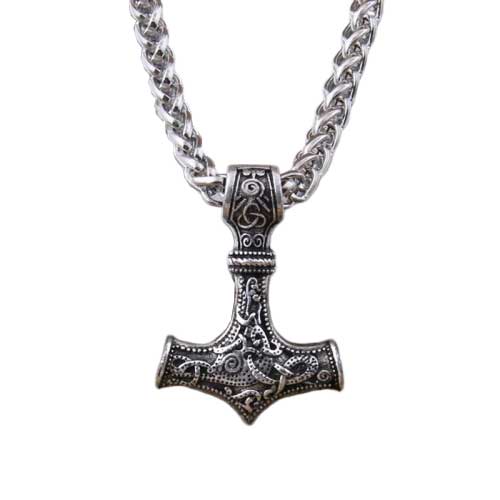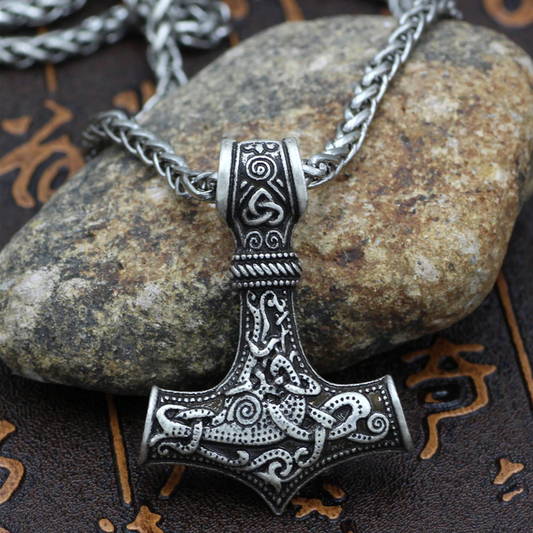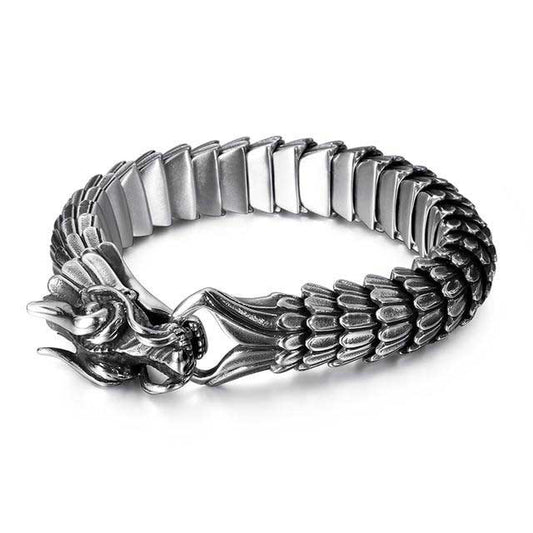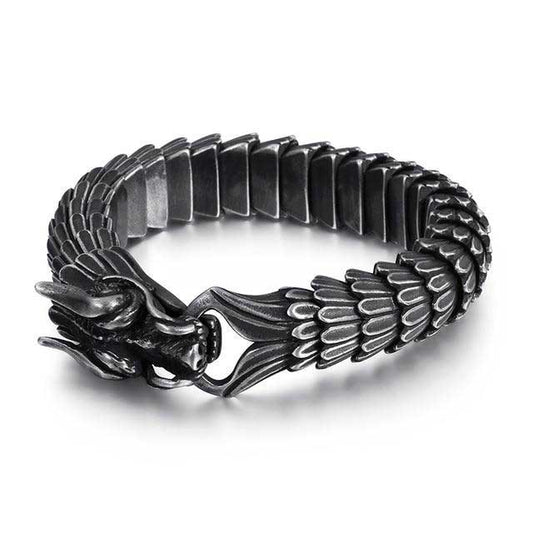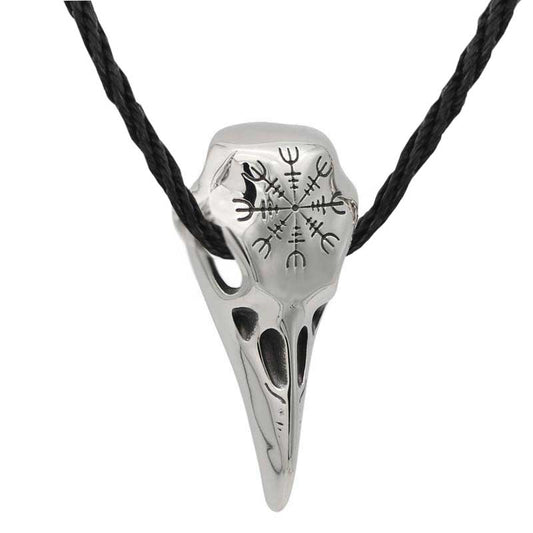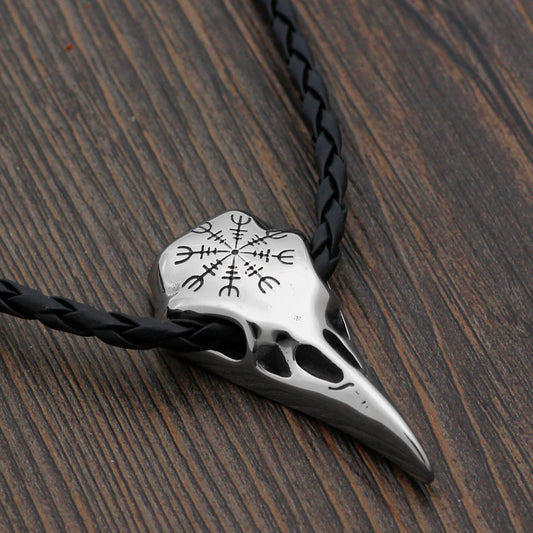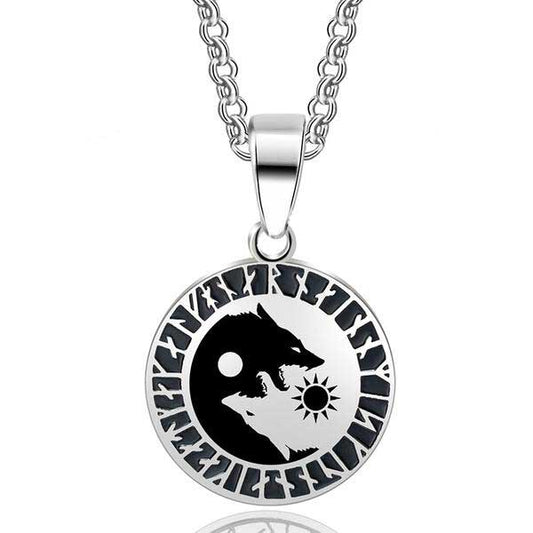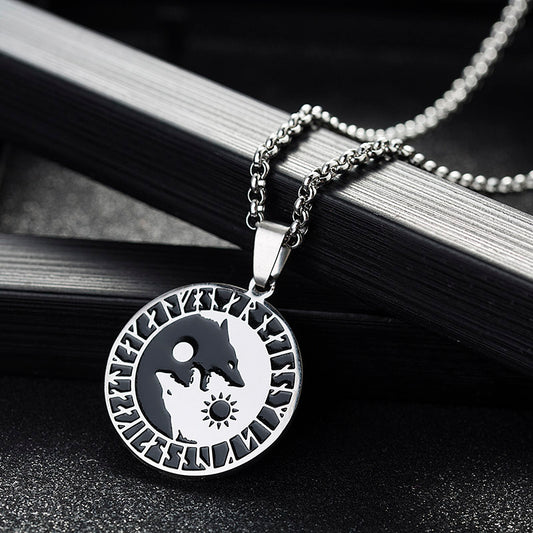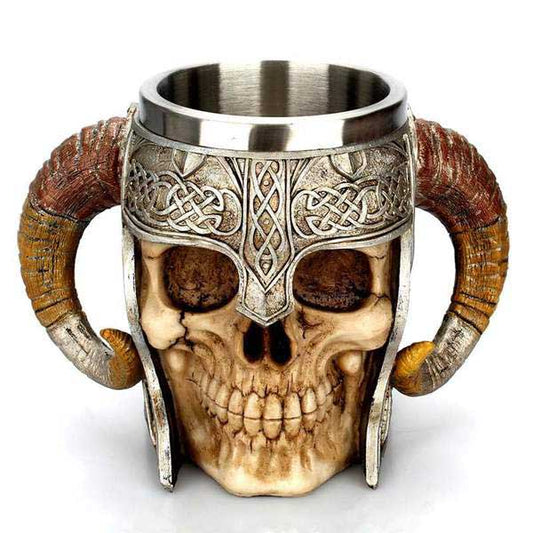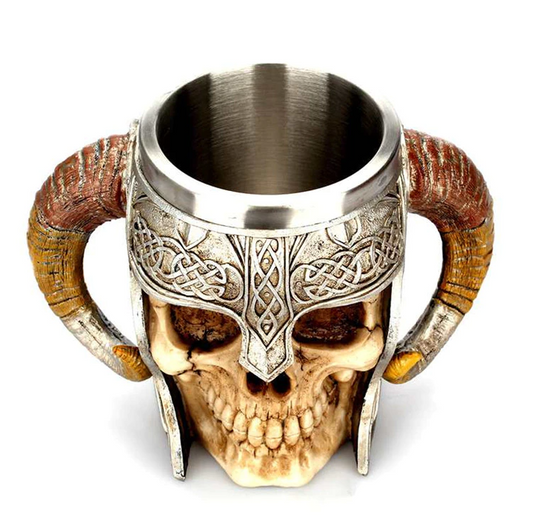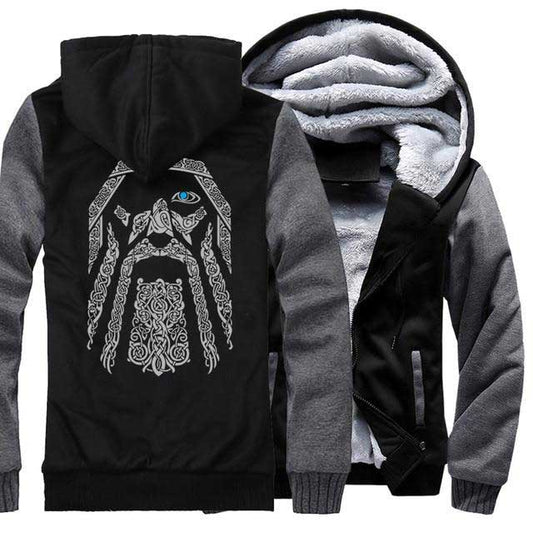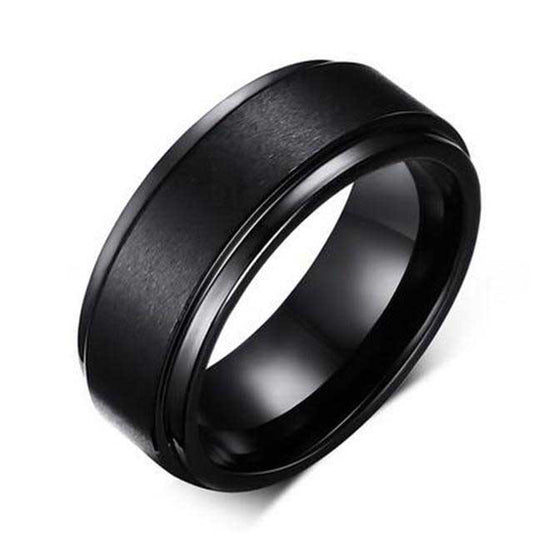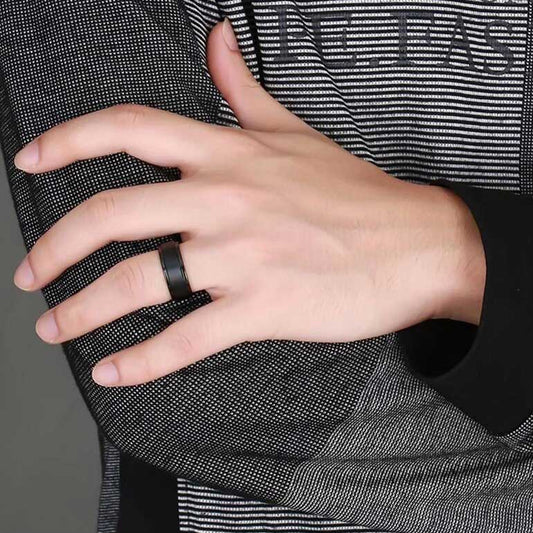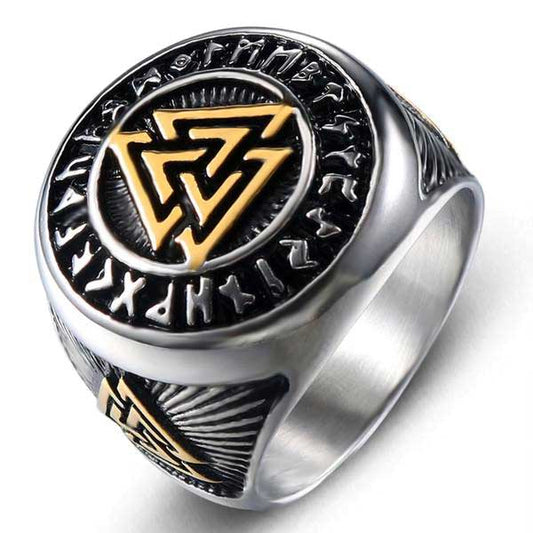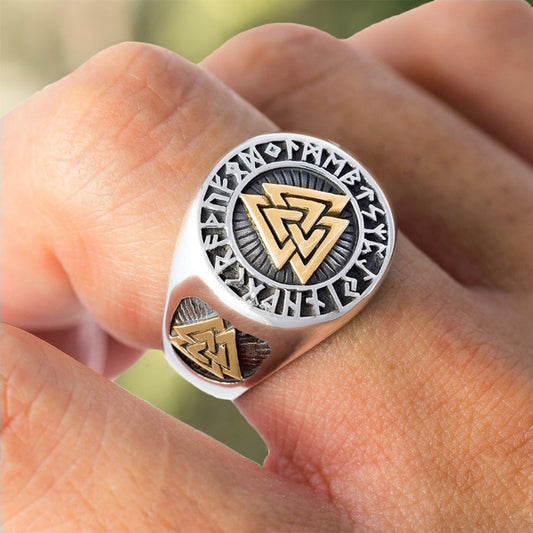The Vikings' paradise is calledValhalla . This mythical place, located in Asgard and ruled by Odin, housed warriors who died in battle. Here's what you need to know:
- Meaning : Valhalla means "Hall of the Slain" in Old Norse.
- Access conditions : Reserved for warriors killed in combat, chosen by the Valkyries.
- Description : A huge room with 540 doors, spear-shaped walls and a shield-shaped roof.
- Activities : Warriors train every day for Ragnarök, feast every night, and are reborn to do it all again.
- Other destinations : Those not dying in battle went to Helheim , Fólkvangr , or other realms depending on their death.
Valhalla symbolizes honor and courage, fundamental values for the Vikings.
Valhalla - The Paradise of the Brave Viking Warriors
The Hall of Warriors: Valhalla
The origin of the name
The word "Valhalla" comes from Old Norse and literally means "Hall of the Slain." This name perfectly reflects its role: to provide refuge for warriors who have died in battle.
The layout and location
Valhalla is located in the heart of Asgard, in the Gladsheim region. Its architecture is impressive with its roof made of golden shields, supported by spear-like columns. The benches are covered in armor. At the entrance, wolves stand guard, while eagles soar above, reinforcing the mystical atmosphere of this iconic place.
Odin, the master of the place
Odin is the undisputed ruler of Valhalla, which he rules from his throne. He observes the Nine Worlds with his faithful ravens, Huginn and Muninn. While the warriors feast, Odin consumes only wine and reserves all food for his wolves, Geri and Freki. The Gylfaginning of the Prose Edda describes the daily lives of the warriors: they train for battle, die, are reborn, and then feast every night. All of this tirelessly prepares them for Ragnarök.
Entry requirements
The selection rules
Access to Valhalla was restricted to warriors who met strict criteria set by Odin. The main condition was that they perish in battle, as Snorri Sturluson describes:
"A Viking could only enter Valhalla if he died in battle. Those who died of disease, old age, or any other natural cause, regardless of their valour, were destined for Hel, the Viking underworld."
In addition to this requirement, warriors had to embody impeccable values, such as honor and justice, and avoid behaviors like greed, cruelty, or dishonesty. These criteria underscored the importance of the Valkyries' role in choosing the chosen ones.
The Valkyries' Selection
The Valkyries, whose name means "those who choose the dead," played a central role in this process. These mythological female figures roamed the battlefields to identify the bravest warriors who had fallen in combat.
They didn't just choose between life and death. Once their selection was made, they guided the warriors' souls to Valhalla and watched over them upon their arrival. Ancient texts mention varying numbers, making their precise number difficult to establish.
Other post-mortem destinations
Valhalla wasn't the only possible destination for Vikings after death. Here's a look at the main alternatives:
| Destination | Leader | Intended for |
|---|---|---|
| Folkvangr | Freyja | Half of the warriors fell in battle |
| Helheim | Hel | Those who died of illness or old age |
| Kingdom of Ran | Ran | People who died at sea |
| Glaesisvellir | King Gudmund | A place where one escapes illness and old age |
Some beliefs also suggested that the soul of the deceased might remain in their burial mound, illustrating the diversity and richness of Viking conceptions of the afterlife.
sbb-itb-2713a32
Daily life in Valhalla
The Warriors' Schedule
In Valhalla, the Einherjar spend their days engaged in ritual combat. These encounters, much more than mere exercise, allow them to hone their martial skills. And each night, thanks to a miraculous regeneration, they return to full fitness to begin again the next day. This constant cycle of combat and renewal mirrors their existence in the afterlife.
Feasts and celebrations
Evenings at Valhalla are marked by sumptuous banquets, where camaraderie plays a central role in Viking tradition. The feasts offer an experience that goes far beyond mere food, as this impressive menu demonstrates:
| Food and Drinks | Description | Special feature |
|---|---|---|
| Wild boar Sæhrímnir | Main meat of the feast | Regenerates every night after being consumed |
| Heiðrún Mead | Drink served by the Valkyries | Flows endlessly, from the udders of the divine goat |
The Valkyries, after selecting the heroes on the battlefield, continue to play a key role in serving these feasts. These celebrations, in addition to being convivial, strengthen the warriors' spirits and mentally prepare them for their destiny.
Training for Ragnarök
Daily battles are not just a recreational activity. They prepare the Einherjar for their role in Ragnarök, the final battle where they will fight alongside Odin. With its 540 gates and a roof made of shields, Valhalla is not simply a place of rest. It symbolizes a constant reminder of their ultimate mission. This mix of battle and feasting shows how central Valhalla is to preparing warriors for their destiny.
The influence of Valhalla on the Vikings
Funeral practices
Beliefs related to Valhalla played a key role in Viking burial rites. Warriors were often buried with their weapons and armor, symbolizing their preparation to join Odin's hall. For example, the famous Oseberg burial in Norway revealed the remains of two high-ranking women, accompanied by carefully chosen objects, suggesting careful consideration of their journey to the afterlife. These practices demonstrate how central Valhalla was to Viking mortuary beliefs, as evidenced by the many artistic representations.
| Funerary element | Meaning | Archaeological example |
|---|---|---|
| Ship | Journey to the afterlife | Naval burials in Norway |
| Weapons and armor | Combat preparation | Ritual swords and shields |
| Animal sacrifices | Companions for the afterlife | Remains of sacrificial horses |
Valhalla in Viking art
Valhalla was not limited to funerary rituals; it also occupied an important place in Viking art. A silver figurine discovered near Hårby depicts a Valkyrie adorned with gilding and niello, carrying a double-edged sword and shield. This type of object highlights the essential role of Odin's messengers in the imagination and artistic expression of this period.
Contemporary references
Even today, Valhalla continues to fascinate. It embodies values such as courage, honor, and the quest for glory. In November 2020, the game Assassin's Creed Valhalla renewed interest in these myths, demonstrating that the idea of a warrior's paradise remains powerful and timeless. This influence, which extends far beyond Scandinavia, is a testament to the enduring appeal of these stories.
Conclusion
Key points
Valhalla, meaning "Hall of Fallen Warriors," reflects the core values of the Vikings: honor, courage, and the pursuit of eternal glory. This vision of the afterlife emphasizes a structure where warriors continue to train for Ragnarök, rather than rest. This demonstrates how a heroic death in battle was seen as the greatest virtue in Viking society.
Echoes in the Modern World
This ancient myth continues to resonate in our world today. The notions of honor and courage, so central to Viking culture, remain present today. They can be found in places like the Walhalla Memorial in Donaustauf, the Valhalla Museum on the island of Tresco, and in cultural works such as Wagner's opera The Ride of the Valkyries . These examples show how Viking ideas persist in our collective imagination.
